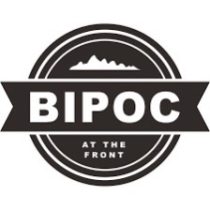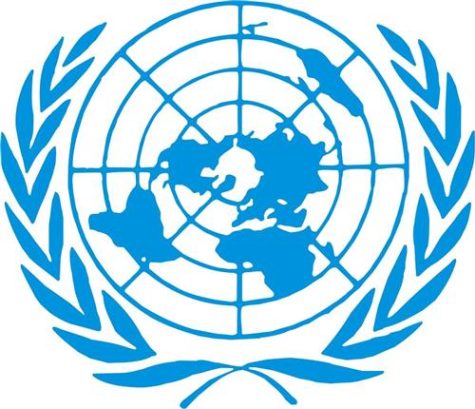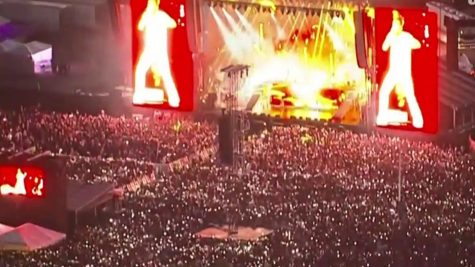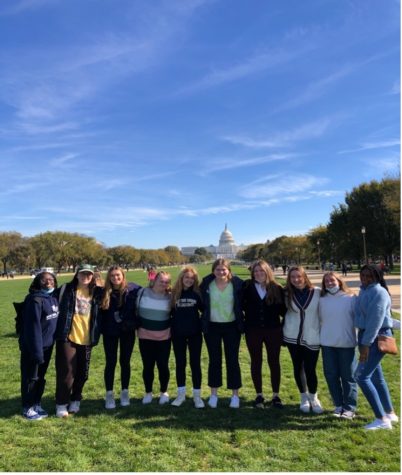Fidel Castro’s Death: How Did He Shape Cuba and the United States’ Relations?
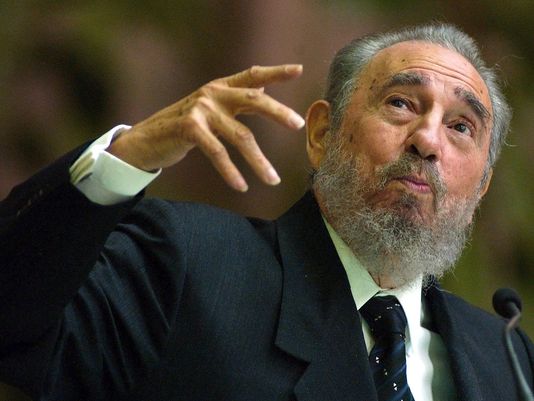
Fidel Castro, who served as a Cuban political leader from 1959-2008, died on November 25, 2016. Most have heard of him, but who was he really? Why is he disliked by many and so controversial? What was his influence on Cuba’s relationship with the United States?
In 1947, Castro began his political career by joining the Party of the Cuban People, advocating for social justice, honest government, and political freedom. On July 26, 1953, unhappy with Cuba’s leaders, he led a group to overthrow the Cuban government. They were defeated by the army, and as a result, Castro was sentenced to 15 years in prison. After serving two years, Castro was released and headed to Mexico to train a new army to overthrow the government again. The attempt was unsuccessful, but Castro managed to escape from the army. On January 8th, 1959, Castro successfully overthrew Fulgencio Batista, and became the Prime Minister of Cuba. He served as Prime Minister of Cuba from 1959-1976, and President of Cuba from 1976-2008.
In April 1959, he visited the United States for the first time as Cuba’s Prime Minister and met Vice President Nixon, whom he immediately disliked. During the Cold War in 1960, Castro expressed his dislike for the U.S. and agreement with the Soviet Union’s ideas. Starting in 1960, he publicly criticized the U.S. government and suggested that they were guilty of sabotage. In March 1960, President Eisenhower instructed the CIA to overthrow Castro’s government by providing them with $13 million and permitted them to ally with the Mafia. This attempt was unsuccessful.
In October of that year, the U.S. prohibited the majority of exports to Cuba. Two months later, the U.S. ended its import of Cuba’s main export, sugar. In April 1961, President Kennedy instructed the CIA to attack Cuba. Castro’s military defeated the Americans and relations between the United States and Cuba were severed that year. The following year, in 1962, the U.S.S.R.’s general secretary withdrew Soviet missiles from Cuba. The U.S.-Cuban relationship improved in 2014, when President Barack Obama and Cuban President Raúl Castro announced the start of a process of normalizing relations between their countries. In March 2016, President Obama visited Cuba, becoming the first U.S. president to visit the island in 88 years.
In July 2006, Fidel Castro delegated his presidential duties to Raúl Castro due to his ongoing health problems. In February 2007, Mr. Castro became more involved with important issues of government as his health improved. One year later, Fidel Castro retired, noting that he is not in a physical condition to continue to take on the role of president. As a result, Raúl Castro, Fidel Castro’s brother, was unanimously voted Cuba’s new president by the National Assembly of People’s Power.
Mr. Castro believed himself to be Cuba’s “messiah” but ruled like an oppressor. He was arguably self-obsessed and extremely controlling. Castro ruled as a communist and knew how to persuade his people. In almost 50 years of ruling Cuba, he changed both the country and its relations with other countries, specifically the United States.

